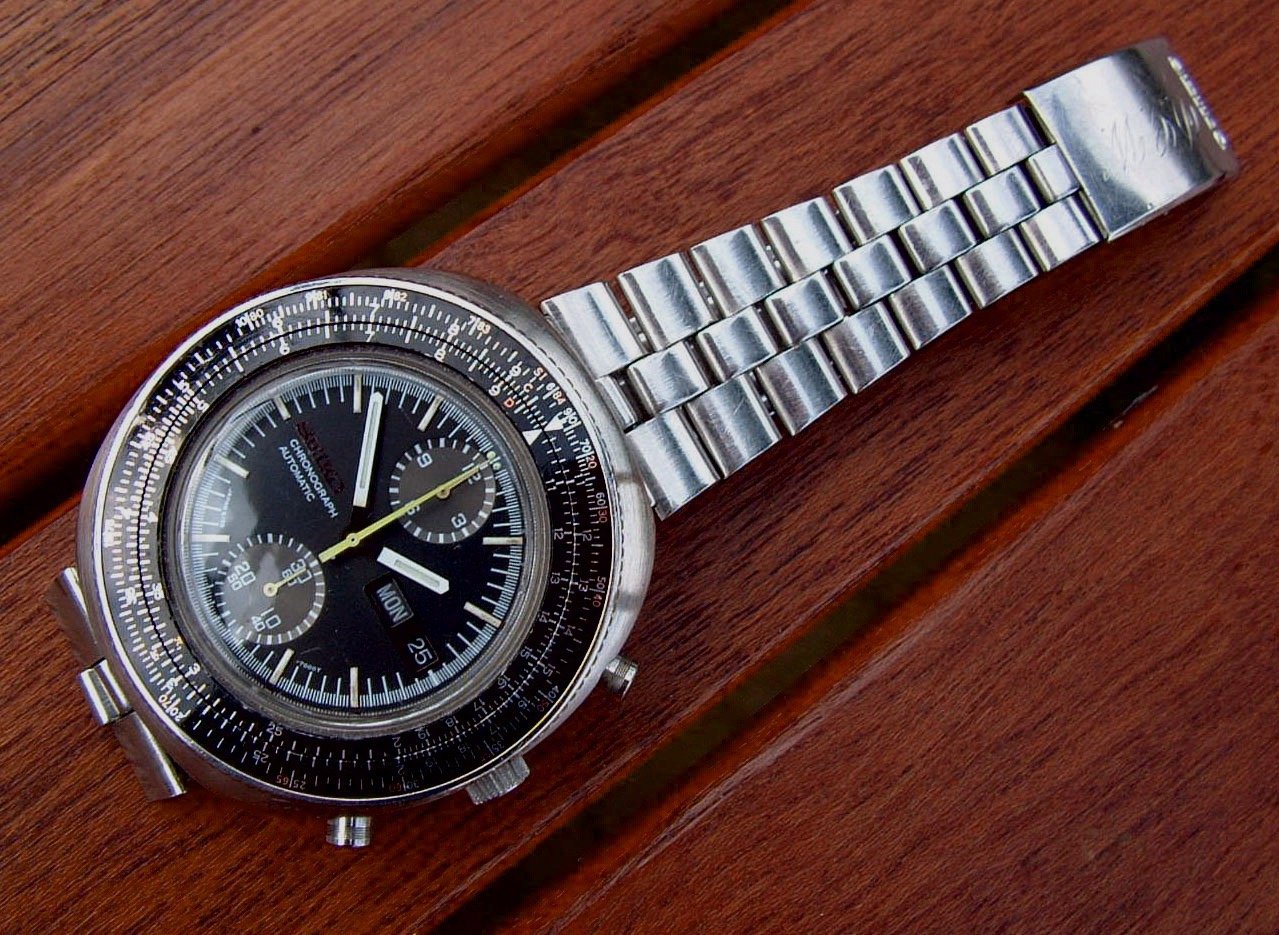The 5 ‘T’s of watch choice
With Christmas only a month away, I’m diving back into the archives for my guide on how to choose the right watch. It may help you to pick out the perfect timepiece for a loved one.
—
Before the quartz revolution, choosing a watch was a fairly straightforward decision. The more you paid the more you got – in terms of accuracy, reliability and features (complications). Ian Fleming had James Bond choose a Rolex because he needed and could afford to rely on nothing less.
But these day a few pounds buys electronic accuracy to shame a chronometer, split chronograph functions, and the darn thing will certainly go for years without any care at all.
So why do even more of us cheerfully stump up thousands for a ‘good’ watch? A spot of people watching has helped me hatch a theory on the topic. Let’s call it ‘The 5 ‘T’s of watch choice’.
The first T is for Taste. If you choose a watch as a piece of jewellery, it is an expression of aesthetic taste. The important considerations here will be purity of form, delicacy of design, balance and simplicity. For the person guided primarily by taste, the concern will be the fit between the look of the watch and their whole persona. At the risk of sexism, I would suggest most women choose watches on this basis. Obsession with the brand, special functions and the latest fashion seem to mean less to the discerning female watch buyer. Classic taste watches would include Breguet, Patek-Phillipe, Dunhill, Ebel and the Movado museum watch. In each case, these are simple two or three hand watches that will be quietly understated.
At the other of the spectrum we have T for Technology. For this buyer the concern is for technological brilliance. The watch must features complications, the height of which is the tourbillon. As we all know, the tourbillon was designed to improve the accuracy of a pocket watch, but does nothing but add complexity to a wristwatch. Technology watches would also include the wilder end quartz models like the Tissot T Touch or those offering radio controlled accuracy and perpetual calendars. And now of course, it includes the smart watch connected as if by magic to our mobiles and the world wide web.
Step back from this extreme position and we find the buyer who chooses their watch as a Tool. They may need a chronograph to time races, or a seriously waterproof watch to keep them safe while diving. The watch as tool is unlikely to be the last word in technology but will have some complications. Some of these may be nothing to do with timekeeping but will be genuinely used by the owner such as an altimeter or heart rate monitor. Classic tool watches would include the Sunto range or the original Breitling Navitimer. They are not pretty but they get the job done.
Following Trends is not the same as expressing Taste. But watches are a fashion item and some owners will want to be sure theirs is the metal of the moment or has a dial of fashionable hue. If it were not for trends, would so many of us be wearing watches the size and weight (and in some cases attractiveness) of manhole covers? The current obsession with orange will be interesting to look back on when the colour has become passé. The Swatch is an example of the watch as a classless fashion item and is launched in season’s collections like clothing.
The huge importance of branding in watches would indicate that a watch is a Trophy for some. The watch is chosen not for its innate qualities but to make a statement about the wealth and success of the wearer. For this buyer, it is vital that everyone recognises the watch and what it says about its owner. Sadly for the owner, it may not quite say what she (but primarily) he hopes. Some trophy watches are not chosen by the wearer, but by those people (such as parents or employers) who wish to reward them for their achievements. Not many people qualify for a 25-year service award these days, but the brand would always be vital in these decisions. Rolex remains the ultimate trophy brand, which obscures its other qualities.
The reality is, of course, that all five ‘T’s will influence most buying decisions. After all, the watch is a functional accessory, unlike a necklace or ring. It has several jobs to do. So, while I may like to claim I’m only interested in the watch as a tool, I do want it to look elegant and contemporary – and be made by a brand that hopefully says things about me that I’d like to hear.
Take a glance at your wrist. What was your primary motive in choosing the watch residing there? Is it a pure expression of taste, a trophy denoting an achievement in life, an example of the latest trend, a tool for your work or a fascinating piece of technology?
Or maybe it is just there to tell you the time. Which is the most important T of them all.





